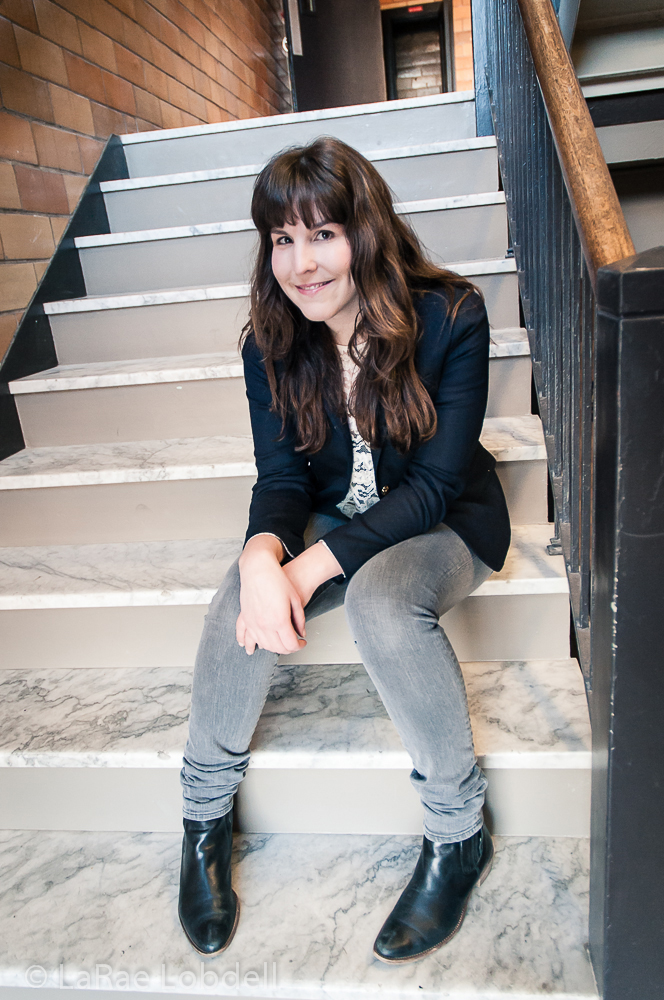To look at the larger theaters, you’d never guess that the single greatest problem in Seattle’s theatrical community is a lack of performing spaces. In the last five years, A Contemporary Theater and On the Boards have gained sumptuous new spaces, the Seattle Rep has added a new “jewel box” theater (the Leo K.), and even Intiman has held a successful capital campaign to renovate its seats, carpeting, and lobby. Kirkland has received its own Performing Arts Center, and ground has been broken over in West Seattle for the new ArtsWest Theater.
Now, as the Seattle Opera gears up for a $110 million renovation ($26 million to be raised by levy), one could be under the impression that Seattle is in the middle of a grand theater renaissance, except for one little fact: All the small and midsized theaters keep closing. The list of venues that have closed in the last three years runs the gamut from A (AHA!, Alice B.) to V and W (Velvet Elvis, Windowlight), with such notables as The Bathhouse, the Group, and Pilgrim Center for the Arts included.
The reasons for these closures are many, ranging from artistic burnout to poor financial planning and simple bad luck. But the single greatest struggle for any artist looking to start up a new theater is the increasing scarcity of real estate that can be effectively turned into a working theater. (And it’s getting worse: Redevelopment means that Annex, Open Circle, and Book-It are all currently looking for new spaces.)
At a time when the Bathhouse Theater stands empty at Greenlake and the old Group Theater space has been handed over to a nontheater for management (the Seattle Children’s Museum), why should there be a space shortage? When capital campaigns in the millions are routinely discussed for projects like a new library or opera house, why is there no interest in funding some permanent homes for the myriad smaller companies that provide the lifeblood of theatrical activity in this community?
As the artistic director of a small theater company myself, the problem of space has long preoccupied me. I was part of an informal collective that comanaged two small venues, the Brown Bag Theater and a converted room in the new multiuse Town Hall. When planned renovations at Town Hall made us homeless for a third time, we turned over our seats, platforms, and various other items of use to Consolidated Works on long-term loan.
The experience, and occasional frustration, of this model led me to meet with a collection of like-minded individuals with extensive experience as administrators, theater founders, and longtime Seattle gadflies. Out of these meetings the group known as The Artery was born.
The idea behind The Artery was to form a theater collective of smaller companies with established track records who together would share a single theater space, along with such resources as mailing lists, actors, materials, a box office, and publicity. The model is an “art incubator,” designed to help each of the members not only to prosper in the organization but eventually move past it, to make the move from “fringe” company to full-size professional.
We met with a whole bunch of candidates for membership, and the ones that we eventually selected were distinguished by their artistic output, company history, and ability to “play well with others.” Eventually, we settled on eight: GREX, Hyperion Theater, Nomadic Productions, One World Theater, Piece of Meat Theater, Seattle Playwrights Alliance, theater simple, and Ursa Major.
ARTERY’S NOT ALONE in its aim to find new models for smaller theaters to work together and find new spaces. Consolidated Works, a project helmed by Matt Richter and Leslie Rathbun, is a multidisciplinary space currently taking form that will include an art gallery, films, and live performance. Then there’s Alias, a theater cooperative that includes Seattle Theater Project, Bald Face Lie, and Open Circle Theater, and that is involved in looking for a space of its own (though Open Circle was recently given an end-of-year reprieve on its space at 429 Boren North). All of these, along with similar efforts taking shape even now, show that local artists are no longer willing to rely on the “trickle down” theory of arts funding. The Equity mainstages have shown little interest in supporting the “bottom feeders” in smaller theater companies over their own administrators, technical staff, and actors, so it’s up to us to take up the cause of our own destiny.
Will this new model be effective? I have to admit to being unsure myself, but it’s an idea that has garnered unanimous enthusiasm from everyone we’ve approached. The recent statement from the Mayor’s Arts Task Force included an affirmation of the need to actively support smaller arts groups, and as the city finally begins to accept applications for a new resident theater company at the Bathhouse, it would seem that our combination of theatrical diversity with long-term administrative stability would be appealing to that landlord.
But The Artery is not just an attempt to help these groups do better; it’s fundamentally a matter of survival. Without some serious cooperative effort, Seattle’s theatrical scene may soon be little more than four or five large-size theaters with a lot of barren landscape in between. And that will be the end of the glorious promise that Seattle once had to be a leading light of American, and world, theater.
Read our picks for fall’s best theater.







